
When first asked if I wanted to review this pack my thought was that everything about it screamed 'hardcore', whilst nothing about me does. I thought, why doesn't one of the Scottish members of the UKC/Rockfax team, who will no doubt have knocked off a bunch of VIIs and VIIIs before we even start opening our advent calendars, review this pack? It is, after all, 'built to send', not 'built to potter' - or perhaps on a good day, 'built to put in a reasonable performance for someone who nevertheless remains a bit of a punter, albeit a keen one'. But the editor in his infinite wisdom thought I was the right person for the job [something about being a gear nerd - Ed], so early summer the gleaming whiteness of the X2 arrived for review.
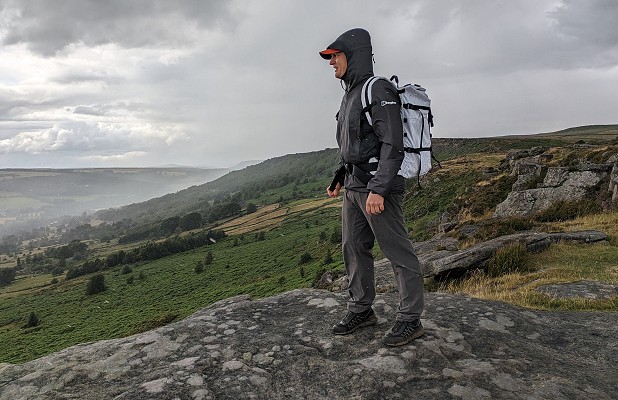
With the X2 Alpine, Built To Send have created a surprisingly simple piece of equipment, but one that's made from the highest quality materials and with a level of care and deliberation that sets it apart from most other packs on the market.
I don't think it's unfair to describe Built To Send as a cottage industry - they say themselves that they are manufacturing the X-Range packs in low numbers in the UK. In fact I get the feeling it may be the people who started the company who are the ones actually sewing the packs. These factors would account for the high price of the products - the X2 Alpine was originally priced on Built To Send's website at £299, although currently offered at the reduced price of £269.
It's worth considering the price up front - that's nearly 300 quid for a very simple, medium sized rucksack (the X2 is stated as being 30l with an overflow mode of 42l although it feels a "generous 30" to me). There are plenty of other similar sized mountain packs from well known brands that are creeping up on or even passing the £200 mark, but the X2's price is a step above even those. You can of course find perfectly functional packs for less than a hundred quid if you shop around. So clearly Built to Send has to offer something a bit special to persuade people to pay that amount.
Cost versus value
Having pointed squarely at the elephant in the room and said "look, there's a bloody great elephant over there", I'll try to deal with this huge question first.
So is the pack worth that much money? I'm afraid I don't have a great answer. If you are anything like me and have gone through a number of packs over a couple of decades looking for the perfect winter climbing or alpine pack, and have something you are now pretty happy with - then probably not. Lots of modern climbing packs are so bloody good, it is likely to be marginal gains at best with the X2, and there may well be something about the X2 Alpine that you like less (I prefer old school Fastex buckles to the metal clips on the main closure of the pack, for instance). But if you are a guide or an instructor using a pack day in and day out, week after week, and your old pack is knackered, then the X2 may well be worth it (they also offer discounts to AMI and BMG members).
My impression is the X2 should last very well so it could potentially work out as no more expensive or even cheaper than other packs over time. I suspect the X2 Alpine would be perfect for the people least likely to be able to afford one - young climbers who know they have been bitten by the climbing bug and are in for life. Hopefully I'm not being over-optimistic in thinking that Gen Z-ers have always understood they need to live sustainably, so a rucksack that you can use for almost all your mountain activities and should last, to all intents and purposes, forever, has to appeal.
High tech versus hand crafted
Essentially, I think anyone who is going to buy this pack is going to see in it a value beyond the superficial. This isn't meant to be a criticism, but for want of a better term, the Built To Send X2 Alpine looks slightly "agricultural".
There are very fine packs from the brands we all know, coming out of highly specialised and mechanised factories in China, that are simply more refined than the X2. Built To Send call themselves a "micro-company". The X2 is probably cut and sewn together by people with names like "Dave" and "Cath" who not only sew the packs, but source the materials, update the website, pay the invoices, create the marketing strategy and sweep the workshop floor. This is not to say that the X2 isn't finished well and made out of top notch materials - it absolutely is: Dave and Cath know what they are doing! But it is a simple and functional design, slightly clunky looking compared to the techno Far Eastern masterpieces. You are going to buy one because it is a simple design, because it was made in the UK, individually by just a few people, because those people have spent ages obsessively tracking down the perfect fabric, the perfect thread, and the highest quality components.
Design
The pack is a pleasingly simple design - it is fundamentally a tube with a base that has shoulder straps and waist belt sewn onto the outside. This makes it reasonably light - mine weighs 1098g with all the elastic and webbing attachments on. Stripped of all those, it weighs 964g. Built To Send say 1085g and 950g - so perhaps the ingrained dirt on mine after a summer's hard usage is going on 15g!
As is becoming increasingly normal, there is no lid, rather the pack is closed by a roll-top closure held down by straps over the roll-top. Built To Send call this the X-system as you push the sides of the pack top in, forming an X shape, before rolling it a few times and strapping it down. The straps will also hold a rope if you don't have room for it inside the pack.
There is a zip pocket inside against the back (although it can be flipped up if you want) for securely storing valuables; securely, that is, if you don't become separated from your pack.
Digression alert
Most of my climbing partners know my story of why I always keep my car keys on a cord around my neck and not zipped into my pack. This pre-mobile phone tale stars the grade IV classic, Monolith Grooves, on Beinn an Lochain. Also appearing: my mate Paolo, a lack of daylight, a storm, my deep-seated fear of avalanches, a Fiat Panda - importantly still registered to my gran in Bognor Regis but on semi permanent loan to the grandchildren after she became too old to drive, Strathclyde constabulary's finest, many concerned phone calls between police in Scotland, my gran, my parents and eventually my girlfriend in Glasgow, and finally an angel in the form of a Weegie white van driver who picked Paolo and me up, where we were standing, Petzl zooms on heads, laden harnesses, ropes over our backs and ice tools and helmets in hand, in the dark, below the Rest and Be Thankful pass. Our angel not only stopped but drove us back to Glasgow. Suffice to say, don't leave your car keys in your pack, if your pack is not on your back!
The pack has two webbing ladders sewn down the front and a number of webbing loops sewn into the side seams. These allow the fitting of the easily detachable but secure components that strap on. These are elastic ice tool holders (which work with a wide webbing loop sewn to the base of the pack that you put the ice tool picks behind), four compression straps for the sides of the pack, and elastic that is easily zig-zagged between the webbing ladders to hold things such as foam mat or crampons (although a mate lost a crampon from under the elastics once so I'd always use a krab to clip them in as well). The side compression straps can fit at quite a few different points higher or lower on the pack according to preference, and the use of Built To Send's simple but effective metal hooks on one end of the straps means that the top strap can be detached easily when loading skis in the classic 'A frame' style.
The material the pack is made with is relatively stiff and along with its flat bottom, the X2 stands up haul-bag-style. This makes it very easy to load and even though the pack is 'built to send alpine missions', it also works really well as a crag sack for lugging big racks up to single-pitch cliffs where it will remain at the base. Although there is a black version of the X2, the white X2 seems more popular, perhaps one reason being that it is super-easy to find things inside a white pack. The top of the pack is stiffened with webbing sewn around it and at equal distance around are four webbing loops protruding upwards. This top design absolutely screams "haul bag" and that is exactly what Built To Send have designed it to do - saying the loops are rated for hauling for example when doing chimney pitches, where pulling the bag up afterwards is preferable to trying to climb with it on.
They also suggest that on tight stances you can flake the rope directly into the top of the bag to avoid problems with spare rope falling down the pitch - something that is vital to do on big ice climbs for example, where a loop of rope getting behind an icicle fringe below can cause huge problems. I haven't tried hauling the X2 (you would want it stripped of the accessory straps and bungees if you were going to) but I can't see why it wouldn't work as well as everything else on the pack does.
Carrying comfort
There is basically no 'back system' to the X2, the back is made out of exactly the same material as the rest of the pack. There's a 10mm foam pad against the back to stiffen it slightly and protect your back from poor packing for very little weight. This is sewn-in, not removable. Built To Send say the foam is proprietary to them but "based on a type used in fighter pilot seats" - impressive sounding if a bit random! It is the same foam in the shoulder straps and hip belt padding. Ejector seats aside, it works very well and I've found the back very comfortable even with heavy loads considering it has no metal frame or stiffener sheet.
On my X2 there is a crease towards the bottom of the otherwise flat back - I suspect that when being sewn together, they didn't quite have the right tension between the different pieces of the pack. I've only noticed it by looking at the back - I can't claim that I can notice it when wearing it, so it hasn't caused any discomfort. It's obviously not meant to be there though, so can be seen as a very minor manufacturing error. Perhaps it's also a reminder that these packs are in effect "handmade" individually, but this is what I meant earlier by saying the X2 is less refined than some packs from bigger manufacturers.
There is nothing fancy about the shoulder straps either - they actually look more chunky than on many modern designs, but for me at least, I can climb in the pack without noticing the straps when reaching up - and that's the main thing - and they are comfortable even when it is full to capacity. The waist belt is again a simple design, but definitely worked well when lugging overnight kit and climbing gear up to a hut in the Alps this summer. Once at a route, the belt is easily clipped around the front of the pack using the loop that holds ice tool blades if you prefer to climb without a waist belt on (as I do). The waist belt is closed by a 50mm-wide plastic buckle. There is also a plastic buckle on the chest strap and on my X2 the adjustment buckles on the shoulder straps are also plastic. All the other fittings on the pack are custom-made hard-anodized aerospace-grade aluminium for maximum durability. Interestingly on the Built to Send website they say there are only two points on their packs with plastic hardware, but I've definitely counted three on mine!
All the other straps attach with the clever small metal double hooks that I first saw used on Lowe Alpine packs around 15 years ago, or metal ladder-lock buckles. These are light but very secure and essentially unbreakable. I have broken the odd Fastex-style plastic buckle over the decades, normally by standing on them, but normally only one prong on the male side snaps so they do continue to work OK, but the unbreakable metal ones on the X2 do give peace of mind. If you just hook the hook-buckles into the webbing ladder and tighten they seem perfectly secure and very quick to use. If you use the second hook (hard to explain, but it faces the other way so creates a very secure closure) you have absolute peace of mind that the strap can't come undone but undoing them does become a bit more faff and can be annoying when wearing snow-covered thick gloves for instance.
Fabric
Having talked about the almost all-metal hardware on the pack, the last thing that needs to be mentioned is the materials that the pack is made from and sewn together with.
The same material, called VX42 X-Pac composite fabric is used everywhere on the pack. The material does seem as wear-resistant as claimed. I've used the X2 for everything this summer, not only doing a trip to the Alps, scrambling in the UK and lightweight backpacking, but also used as a crag pack a few times a week, where you chuck everything in it and unceremoniously dump it at the base of a crag then drag it around a bit as you move between routes.
The material is clearly not cheap but so far my usage suggests it is worth the cost. I think Built To Send would not say that you can haul the pack without being sure the fabric is as tough as it gets for a sensible weight. The pack is sewn together in what they call an "almost seamless" monoshell design. Looking inside, it is very well put together with the seams all hidden to avoid wear. The material is waterproof and with the monoshell construction and roll-top closure I've found the whole thing to be essentially waterproof. OK, I'll still put a down bag or jacket in a lightweight dry-bag but I wouldn't worry about things getting wet that aren't in dry bags. The base of the pack has a double layer of the VX42 for maximum durability.
Built To Send even specify the thread they use to sew the packs together - V92, which attaches the webbing loops and straps to the pack along with forming the seams. The bar-tacking is supposedly load-bearing - for if you need to haul the pack - and looks just like the bar-tacking on climbing harnesses, slings and quickdraw dogbones.
Summary
I've really enjoyed using the X2 Alpine. It is a great climber's and mountaineer's pack, and I will definitely use it for winter climbing this coming winter. You can rock climb big routes, scramble or ice climb with it, but it also works absolutely fine for lightweight backpacking.
I can see how the X2 Alpine could easily replace three, maybe even four different packs that I use for climbing, hiking and mountaineering currently. These include: a crag pack for single pitch trad and sport days; a 42l mountain sack that is my current favourite for winter climbing when I am carrying one of the two ropes, half a rack and belay jacket plus all the other normal bits and bobs up to a high cliff; a 30l lightweight pack I use for days when I am soloing easy mountaineering routes so either don't take a rope or take only 25m of rope and very stripped back rack; and finally a 35l pack designed specifically for ski mountaineering. There is no reason why the X2 wouldn't work perfectly well in all these roles, and from learning about how it is made, what it is made from, and how it has performed so far over months of heavy usage I suspect the pack will keep going for many years.
If you already have a selection of packs for all your different climbing and mountain adventures, perhaps the high price of the X2 Alpine will be too high, but if you are looking for a pack that has the thoughtful design to do many things well, and is very well-made out of high quality materials - and if you can afford the considerable front end investment - then the X2 Alpine is worthy of consideration.

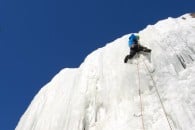

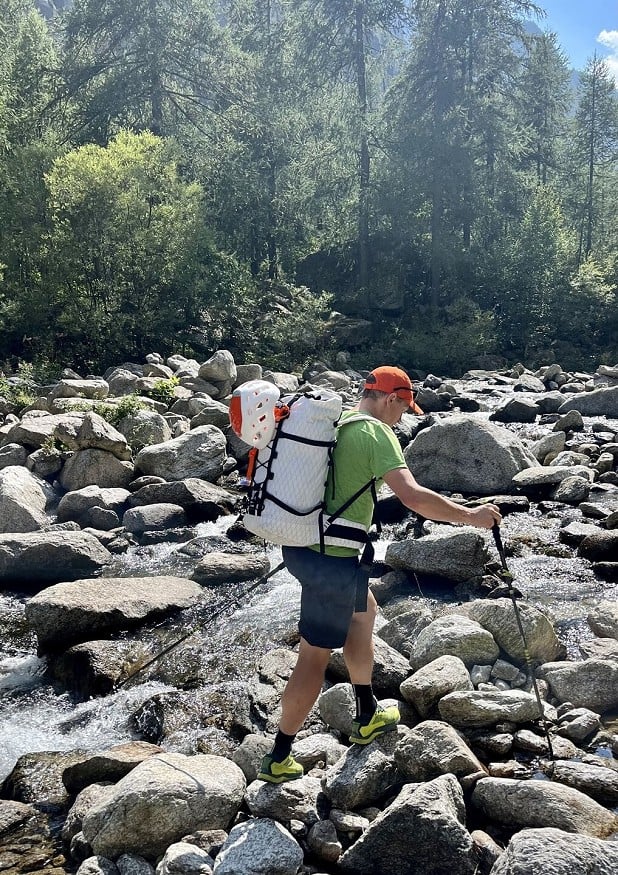
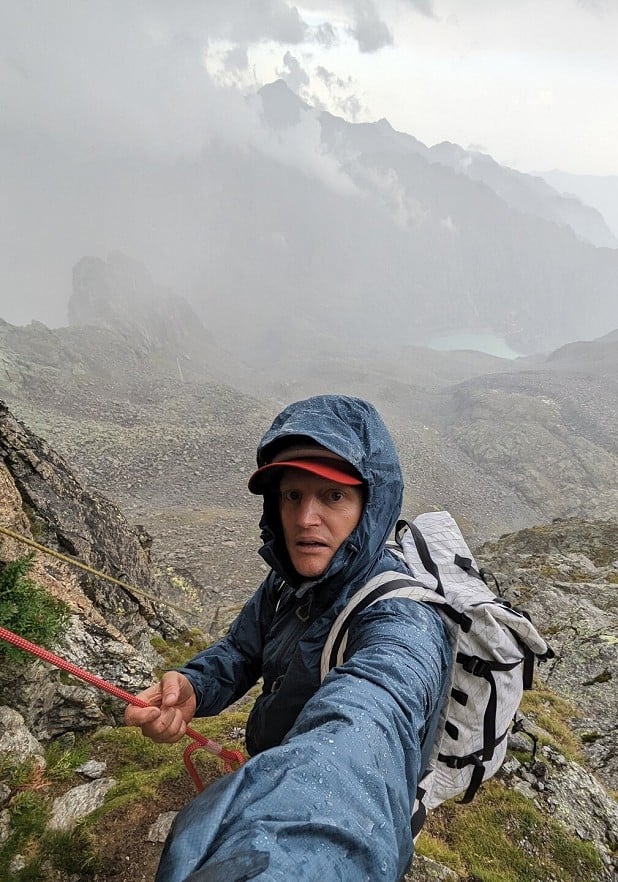
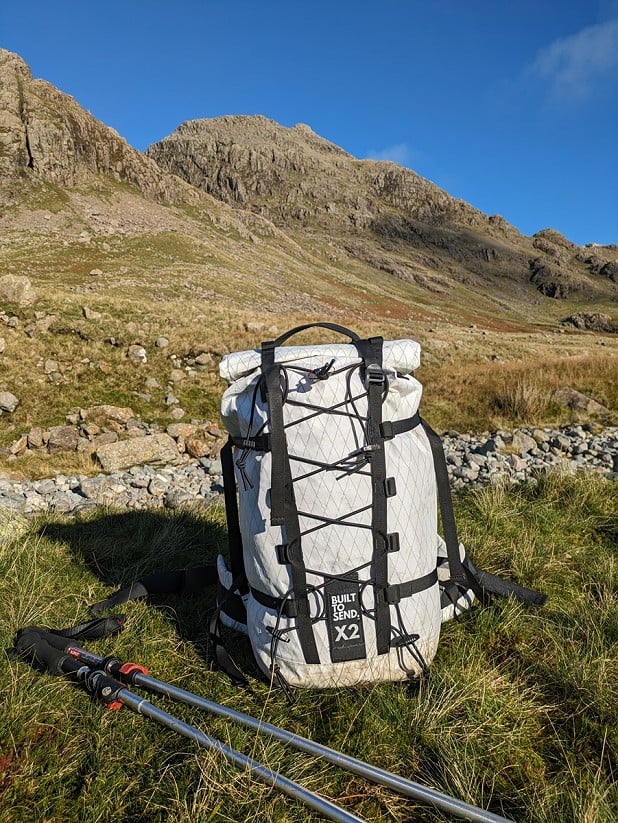
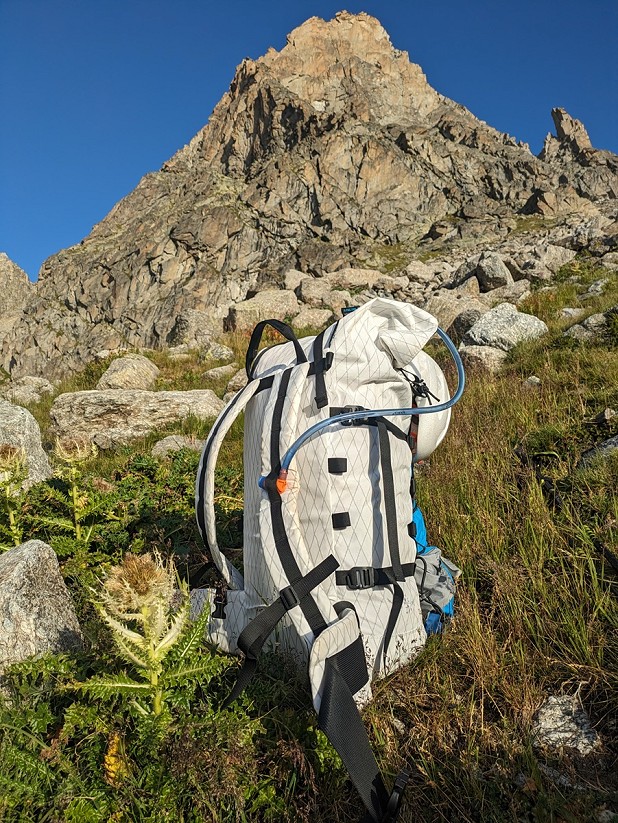
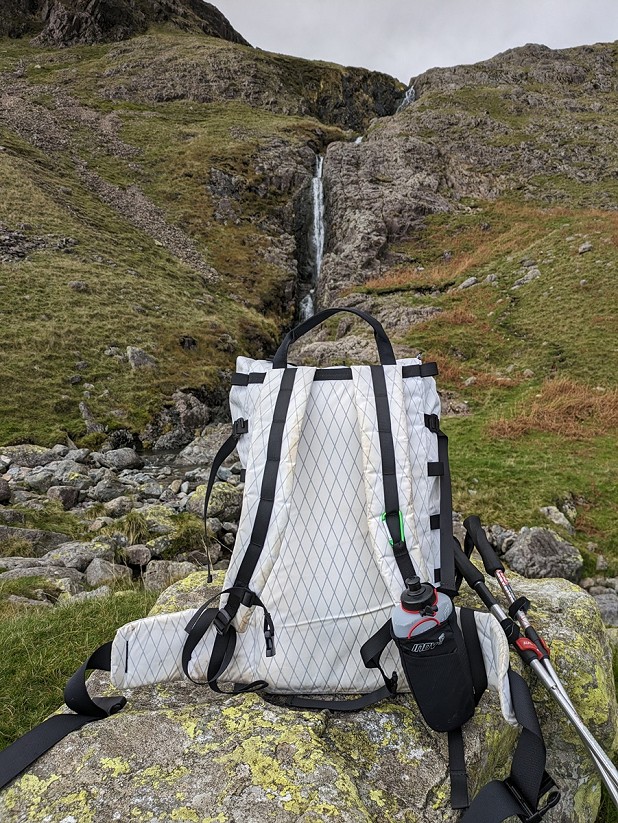
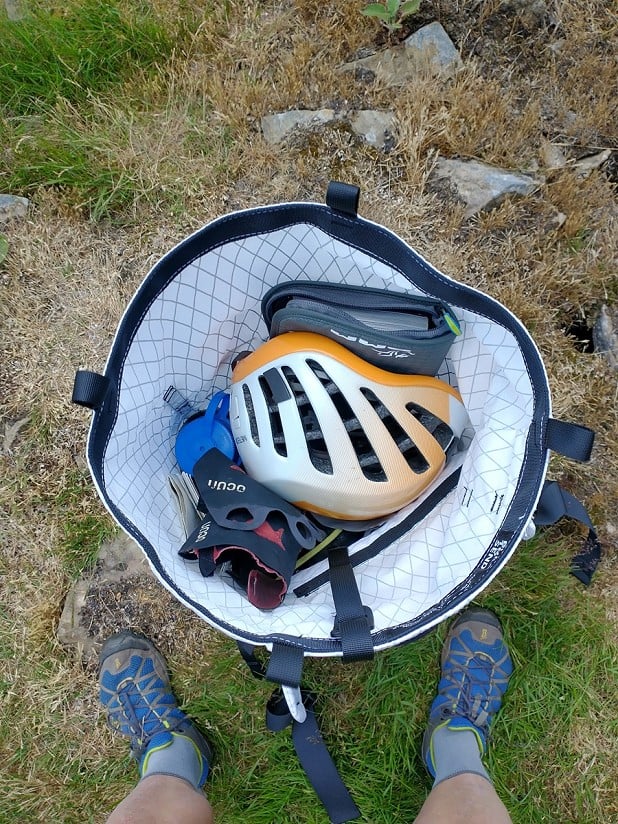
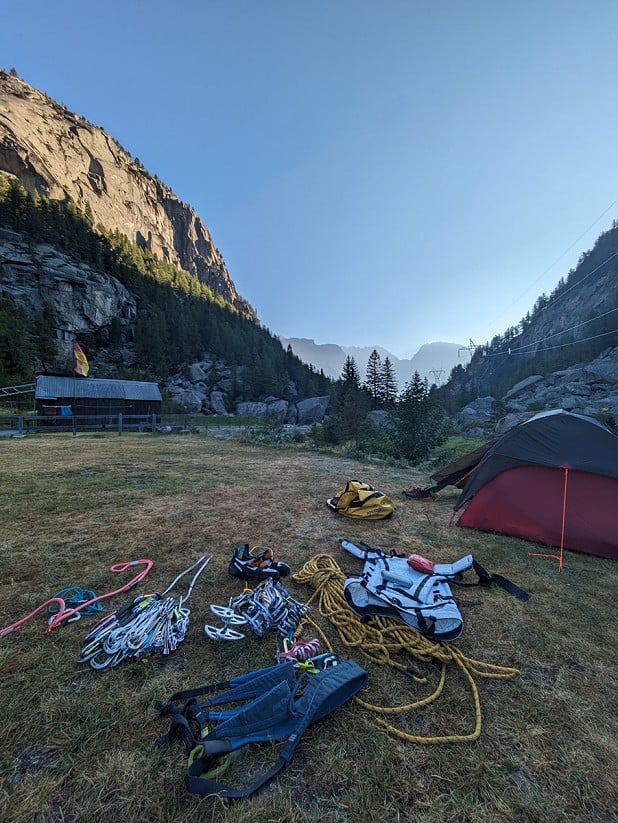
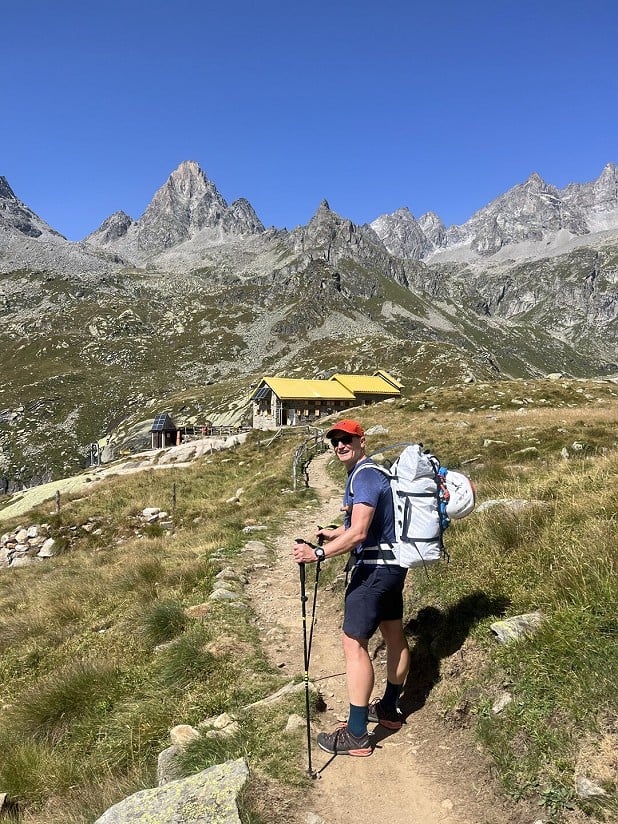
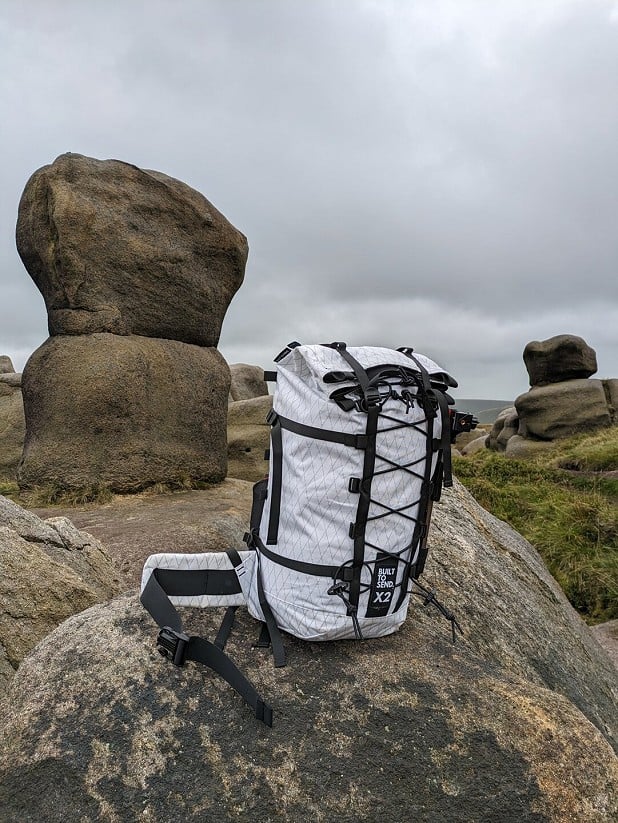
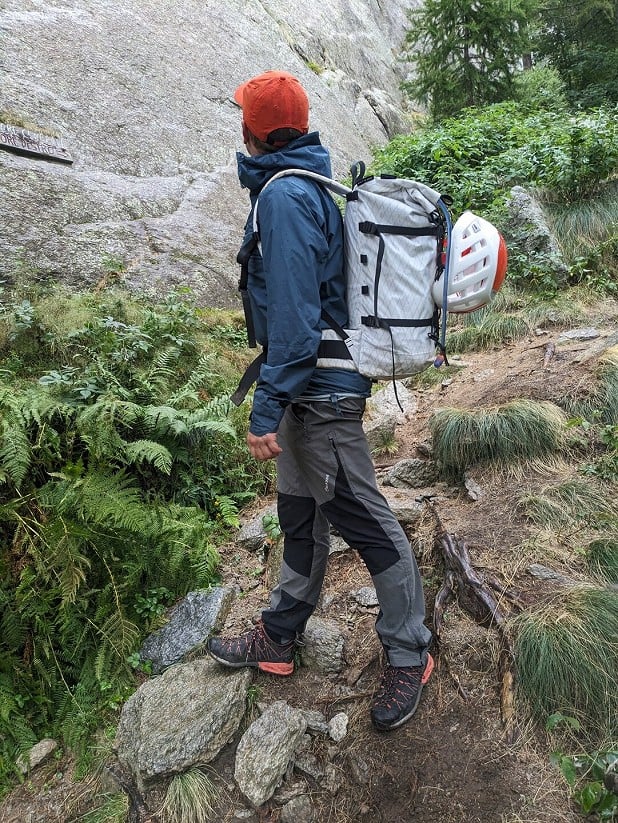
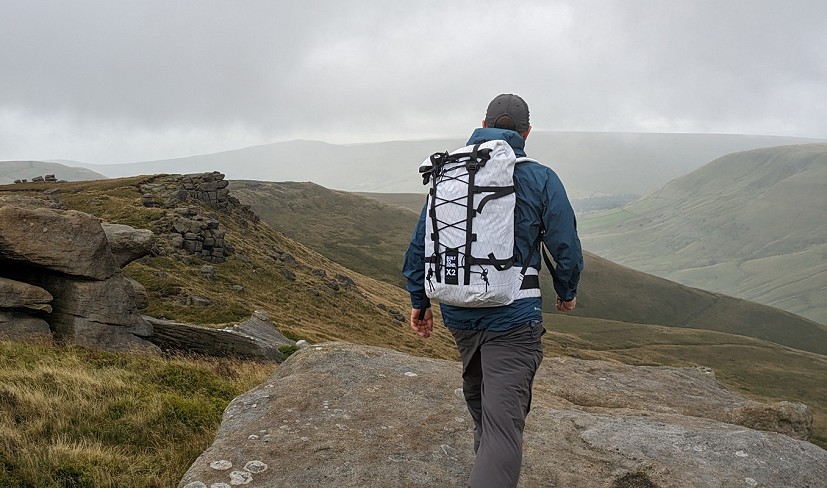

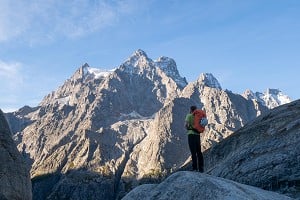

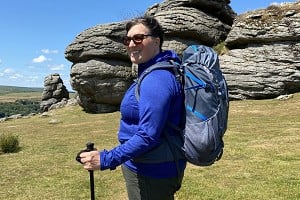



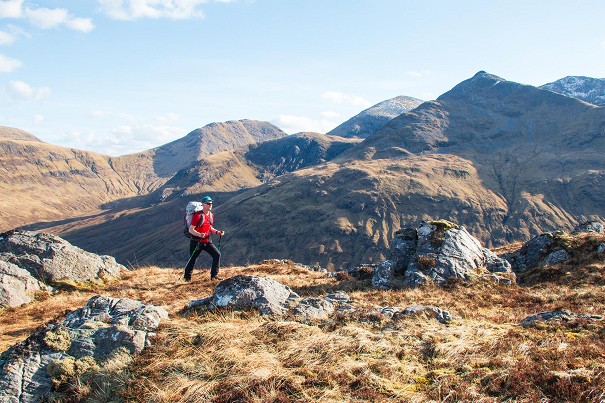


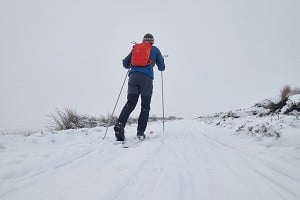









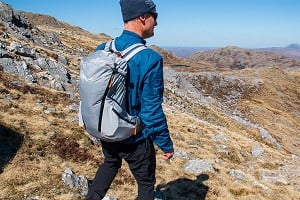
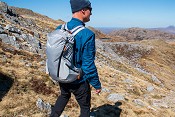



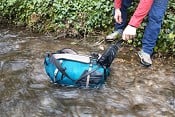


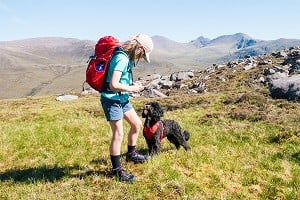
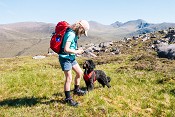
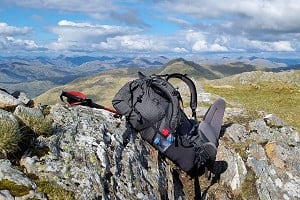



Comments
I met a couple of lads in Italy in Sept. who were using something similar & turned out to be the manufacturers (www.parbat.it). I was well-taken with their enthusiasm & the product itself looked excellent - a comparison might be interesting.
Great write up. I have a similar design Montane Ultra Alpine that's made of this VX fabric and it is very tough. The one on the Montane pack is the less hard wearing VX 21 which I'm guessing they used to get the pack weight down. I had a dig around and this material isn't cheap to buy in its raw form.
When will you be getting on vid to do your reviews? I recon you could pull it off.
Seconded!
Do you know what? With this 2009 review https://www.ukclimbing.com/gear/clothing/waterproofs/westcomb_specter_lt_hoody-2285 I reckon I might have been the first UKC reviewer to use video in a review! There are lots with video now, it's just the core UKC team have much higher production values than I've ever managed! :-)
No chance, not due to price, features, durability or anything sensible, I just cannot condone the company name.
Built to send, ffs